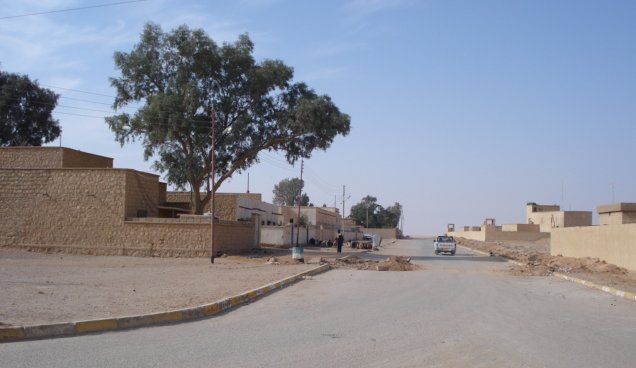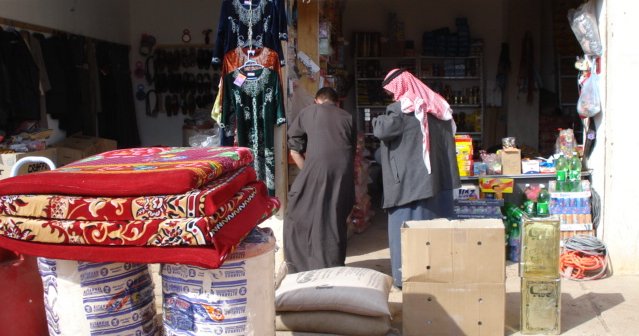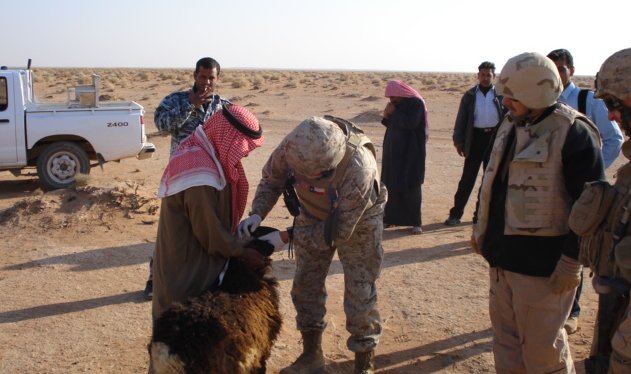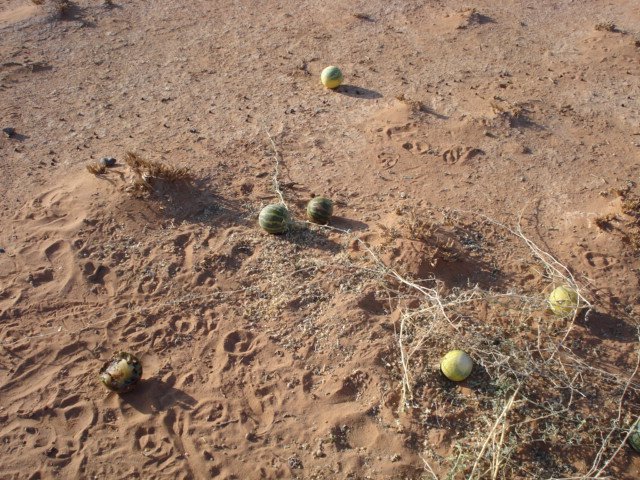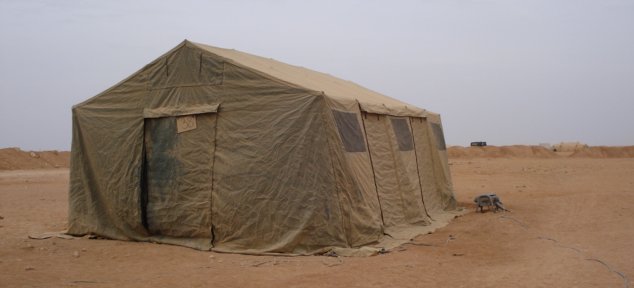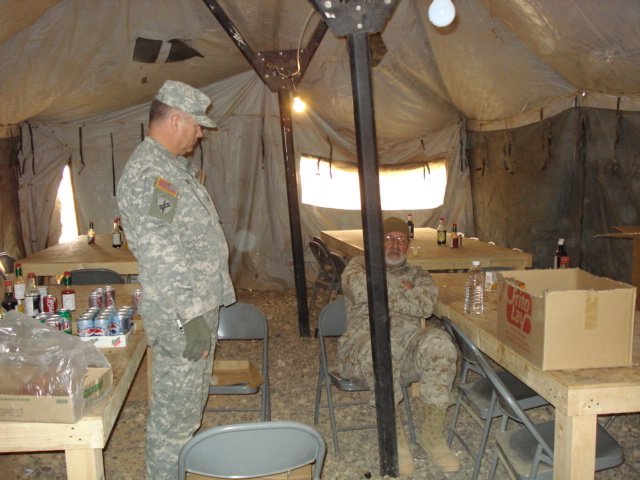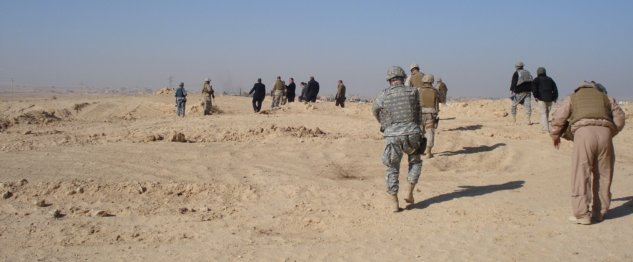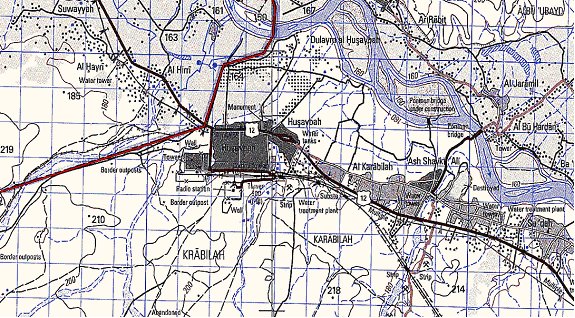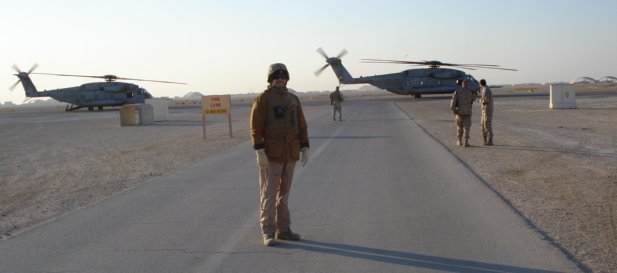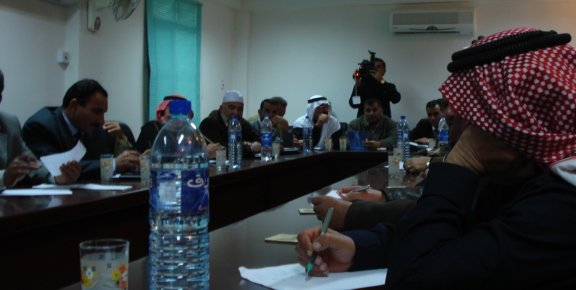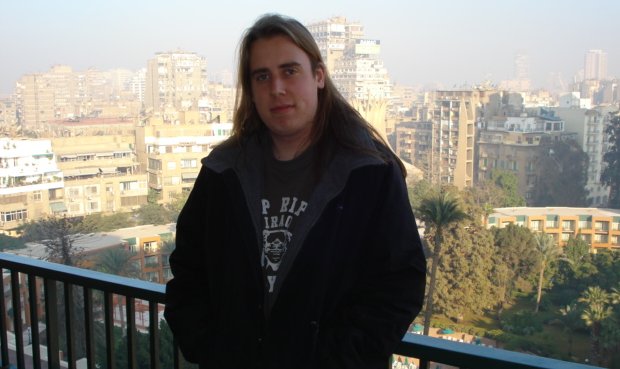
Egyptians have been very friendly. Some are just the trying to sell something, but others seemed genuine. We are staying at the Marriott, where I stay whenever I can all around the world. The Cairo Marriot is more opulent than most. It sits in a beautiful garden area on an island in the Nile in a palace built by the Egyptian Khedive to host Euro-Royalty during the opening of the Suez Canal in 1869. Among the guests were Austro-Hungarian Emperor Franz Josef and Empress Eugene, wife of Napoleon III. I suppose they had really nice rooms. Today the rooms are typical Marriott. I like that. I feel at home.
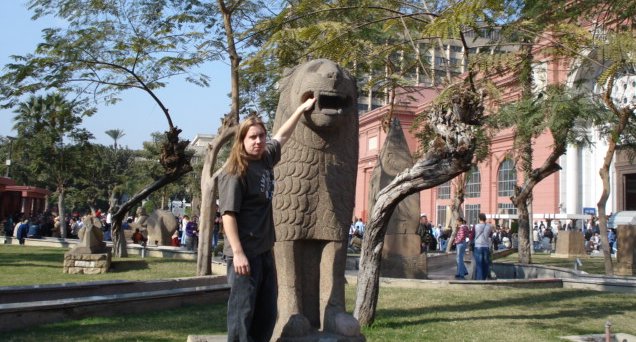
Alex & I walked to the Egyptian Museum, which is just across the river not far from the hotel. It is full of artifacts, perhaps over full. The place has a little bit the feel of a warehouse, with artifacts stacked in rows. After you have seen one mummy, you have pretty much seen them all, kinda dry and depressing. But I enjoyed seeing all those things I have seen pictured in history books. We saw the King Tut stuff, for example.
The desert preserves things that would have long ago turned into dust or compost in any other environment. I especially like the little wooden figures showing ordinary life and people working in brewing, baking and textiles. I prefer these kinds of things to the death obsessed culture of the tombs. How they lived in more interesting than how they died. The gold and art from the tombs is spectacular, but it was a waste of for the people of the time to literally slave away their lives to fill monuments to the dead. I don’t much like the jackal-headed gods either.
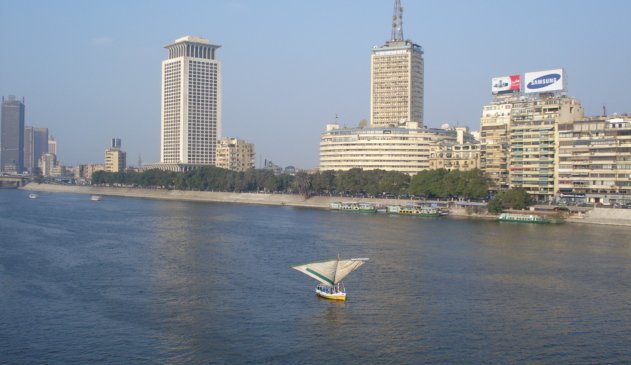
We tend to think of Egypt only in relation to those who built the pyramids but there is a lot more. Roman and Greek history was always my specialty and I am more interested in Egypt under the Greek Ptolemy and the Romans. This period lasted more than 1000 years, but we often telescope history and move from the pharaohs to the caliphs, with only a brief glace at Anthony & Cleopatra, usually even forgetting that Cleo was a nice Greek girl descendents from one of Alexander the Great’s generals. Cairo was built on a Roman city called Babylon. It is a little ironic that I had to travel FROM the country of the original Babylon to see one. The Christian Copts, descended from the original inhabitants, still live on the site.
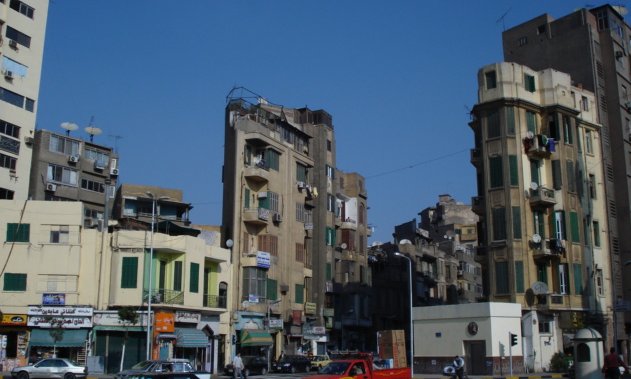
Parts of Cairo are pleasant, but it is never peaceful and walking around is not much fun. Drivers pay no attention to crosswalks or signals. You have to run for you life to cross busy streets and there are lots of busy streets. As Alex and I waited to run across one busy street, some guys on the other side actually mocked us for being timid. The funniest thing I saw was a bus turn a corner too sharply and three guys literally fell out. They landed on their feet and just chased the bus to get back on. Cacophony is the word to describe roads. Everybody feels it necessary to beep his horn just like a bored dog has to bark at everybody who passes. We did a lot of walking nevertheless. It seems like everybody wants to talk and invite you back to their shop for free tea. Of course, it is not really free. If you stop more than a few seconds, taxis pull up and ask if you need a ride I have to admire their energy, but I would prefer to have a little more peace.

